Astronomy and Star Chart
SUN, MOON & SEASONS |
Sun |
Earth |
Moon |
Sun Spots |

|
Waning Gibbous Moon below horison  77% Illuminated Lunation: 1271 |
|
Dawn starts: 07:13 Sunrise: 07:50 Transit: 13:08 Sunset: 18:25 Dusk ends: 19:02 Hrs of sunlight: 10:36 Hrs of light: 11:49 Ændring siden 21. juni: -06:59 Ændring siden 21. december: 03:47 |
EFTERåR Current Sunlit Earth with Cloud Cover |
Transit: ------- Moonset: 16:20 Moonrise: 22:47 Last Quarter ( Oct-17 ) New Moon ( Oct-25 ) First Quarter ( Oct-27 ) Full Moon ( Nov-06 ) |
|
| ||
| Last Quarter | New Moon | First Quarter | Full Moon |
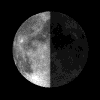 |
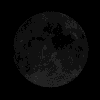 |
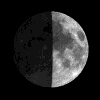 |
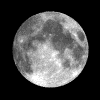 |
|
17 Oct 2025 - 13:14 17 Oct 2025 11:14 UTC |
25 Oct 2025 - 14:32 25 Oct 2025 12:32 UTC |
27 Oct 2025 - 21:16 27 Oct 2025 20:16 UTC |
06 Nov 2025 - 02:12 06 Nov 2025 01:12 UTC |
|
Vernal Equinox Spring |
Summer Solstice Summer |
Autumn Equinox Fall |
Vinter Solstice Winter |
|
|
|
|
|
|
20 Mar 2025 - 10:02 20 Mar 2025 09:02 UTC |
21 Jun 2025 - 04:43 21 Jun 2025 02:43 UTC |
22 Sep 2025 - 20:20 22 Sep 2025 18:20 UTC |
21 Dec 2025 - 16:04 21 Dec 2025 15:04 UTC |
|
CURRENT DAY / NIGHT MAP |
View of Denmark
Sollys lige nu |
Nat lige nu |
|
|
Civil morgen tusmørke er når solen står 6° under horisonten, og solopgangen slutter.
Civil aften tusmørke begynder ved solnedgang og slutter, når solen når 6° under horisonten.
Nautisk tusmørke er når solen står mellem 6° og 12° under horisonten.
Astronomisk tusmørke er når solen står mellem 12° og 18° under horisonten.
 
|
 |
Star Chart for Silkeborg |
 |
|
|
|
||||||||||||||||||||
Astronomy Fact
If a piece of the sun the size of a pinhead were to be placed on Earth, you could not safely stand within 90 miles of it!
Satellite Locations
Satellite Ground Trace courtesy: Heavens-Above.com
Bright Satellite List for your location.
Notes about viewing ESVs:
When using lookangles, choose passes with high magnitudes; less than 6.0. ("Looks" are local time.)
Best viewing is when ESV is in Earth's penumbra; on map-solid line during night.
Dotted line on map denotes ESV is dark, in Earth's umbra (shadow).
Objects in orbit have to maintain a speed of at least 17,500mph, therefore ESVs traverse the sky noticeably different than aircraft.
ESVs appearing to blink are either tumbling rocket bodies, or spinning payloads with deployed solar arrays.
High-Eccentricity objects have a more ellongated orbit. Ground trace looks like a backwards C.
Regression-Ground traces will move West with each orbit due to Earth's rotation.
Meteor impact over Silkeborg at 30. march 2014
Sunday at 30. March 2014 a Meteor Impact probably occured some place in Mid Jutland. My webcam caught the "glimp" as you can see here. (A big thank you goes to Kurt B. Sørensen, he told me that my webcam had caught the impact)For additional information see stjerneskud.dk
I have sent my information to stjerneskud.dk together with my loaction and the angle my webcam is looking - hopefully the can use the information.

Elipse at 20. March 2015
In Denmark we experience up to 85% elicpse. Unfortunately it was cloudy i almost all of Denmark.My solarsensor could easy meassure the falling sunlight - see the graph at the gallerypage.
The satellite pictures is made by Sytze (Thank you very much) from WeerstationGrou in Holland. Sytze has his own satellite dish, where he can recieve pictures from EUMETSAT.
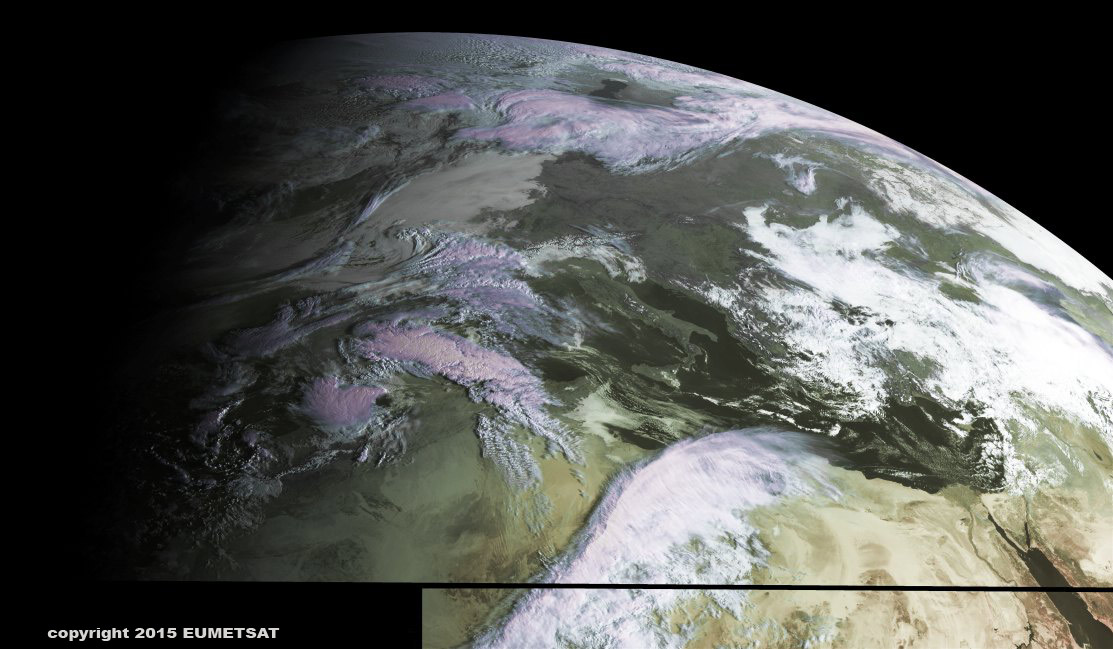 |
|

